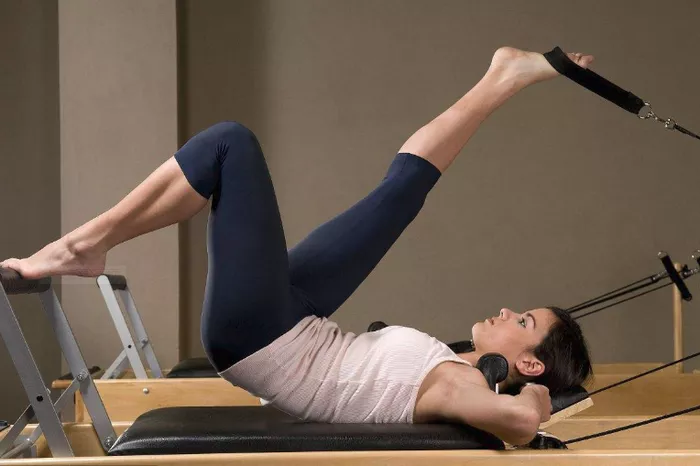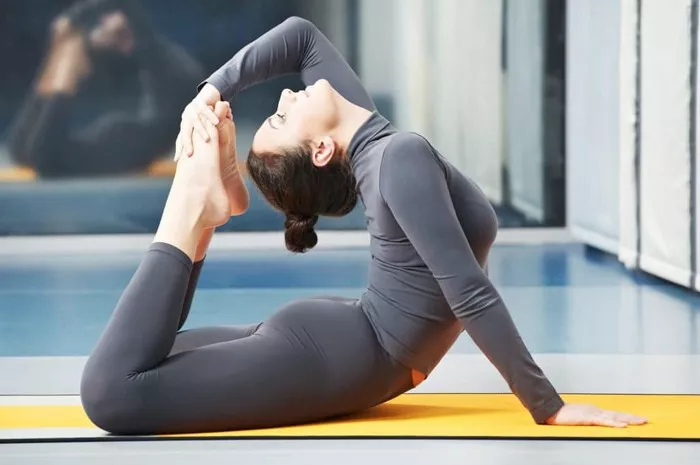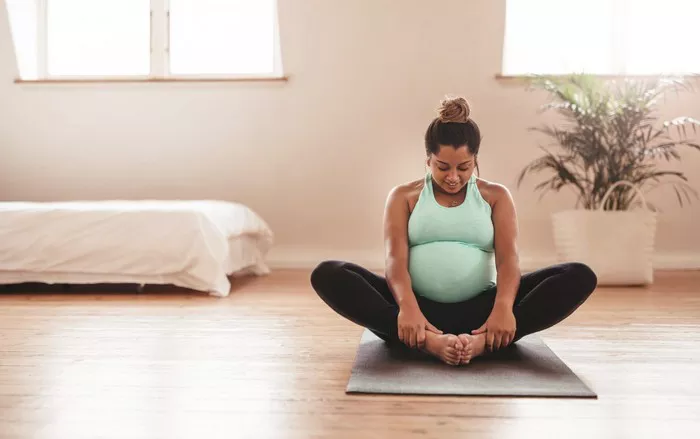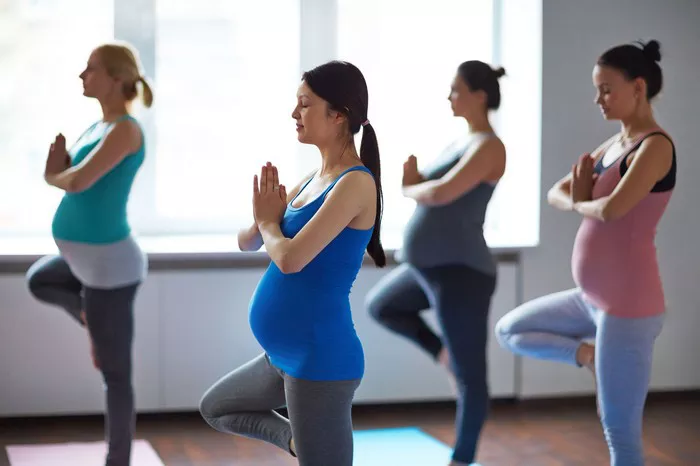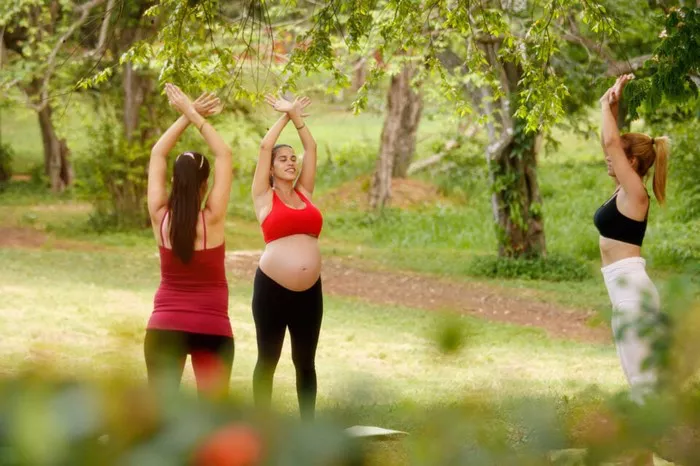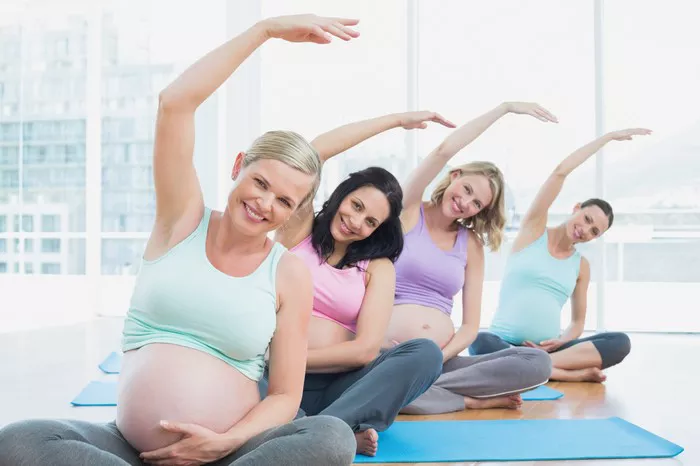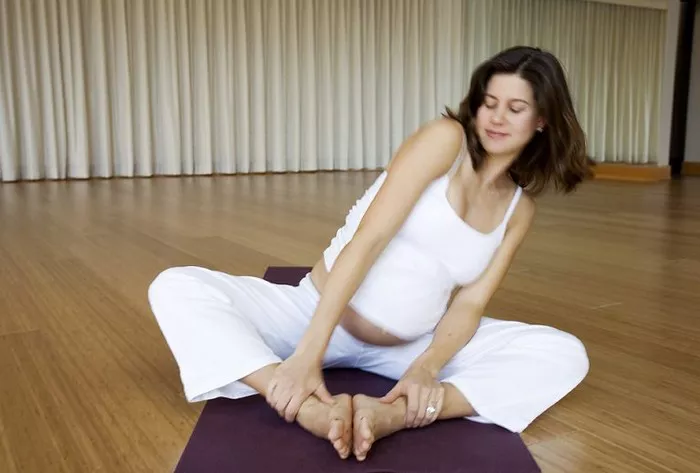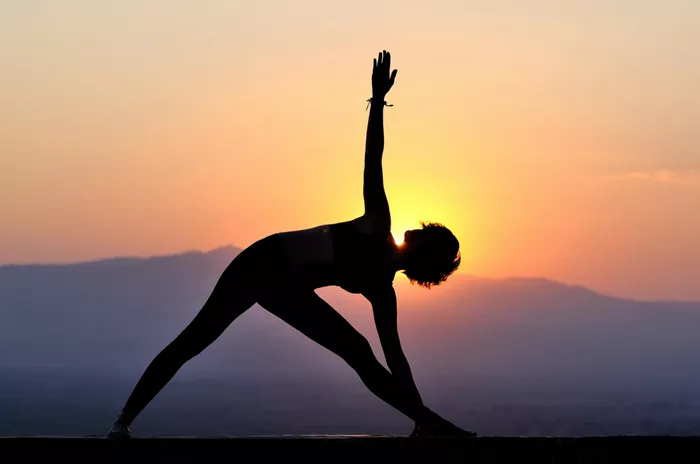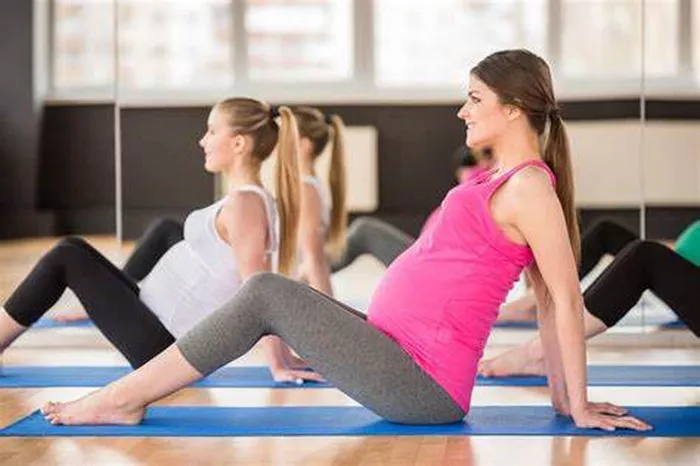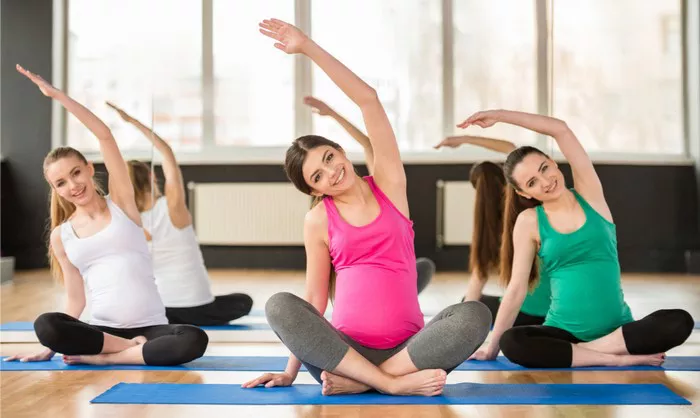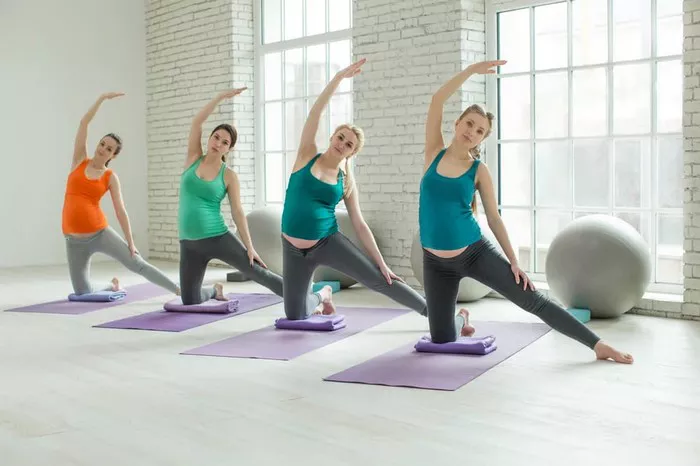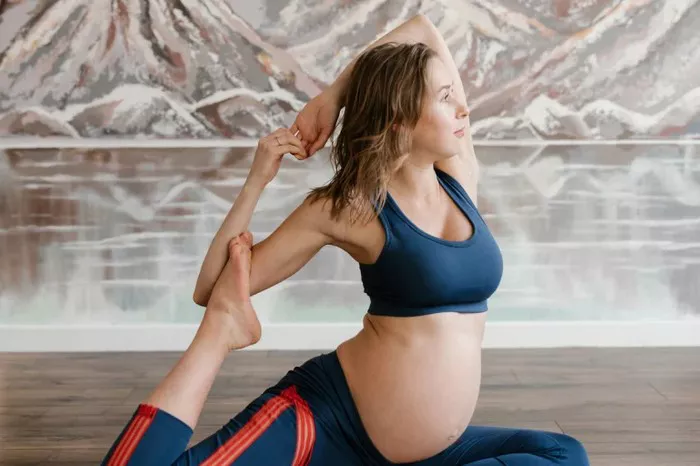Baddha Konasana, also known as the Bound Angle Pose or Cobbler’s Pose, is a popular seated yoga posture known for its deep stretch in the groin, inner thighs, and hips. It is often included in yoga practices for its calming effects, flexibility benefits, and its ability to open up the pelvis. However, like all yoga poses, it is essential to approach Baddha Konasana with mindfulness and awareness of one’s body. While this asana can be highly beneficial for most individuals, there are certain cases where practitioners should avoid it or modify the posture. This article explores the benefits of Baddha Konasana, potential risks, and who should avoid Baddha Konasana, along with alternatives for those who cannot perform it safely.
Understanding Baddha Konasana: Benefits and Basics
Before delving into who should avoid this pose, it is important to understand what Baddha Konasana involves and its potential benefits.
Basic Instructions:
- Begin by sitting on the floor with your legs extended in front of you.
- Bend your knees and bring the soles of your feet together, allowing your knees to drop toward the floor.
- Hold your feet with your hands, gently pressing the heels towards the body, and maintain an upright posture.
- If possible, you can lean forward slightly to deepen the stretch.
Baddha Konasana is a deep stretch for the inner thighs, groins, and hips. It also opens the pelvis, which is beneficial for people with tight hips or those who sit for long periods. Additionally, the pose can help improve flexibility in the lower back and increase blood flow to the abdominal area, stimulating the reproductive organs. The calming effect of the pose can be particularly helpful for managing stress and promoting mental relaxation.
Benefits:
Increased Flexibility: This asana helps improve flexibility in the hips, groins, and inner thighs.
Pelvic Opening: Baddha Konasana opens the pelvis, which is beneficial for people looking to improve their hip mobility or prepare for childbirth.
Posture Improvement: The pose encourages a straight back, helping to improve posture.
Stimulates the Abdominals: It promotes circulation to the pelvic region and abdominal organs, aiding in digestion and improving reproductive health.
Calming Effects: The position helps reduce stress, anxiety, and tension by encouraging mindfulness and relaxation.
When Should You Avoid Baddha Konasana?
While Baddha Konasana offers numerous benefits, it may not be suitable for everyone. There are several conditions or situations in which this posture should be avoided or modified to prevent discomfort, injury, or aggravation of existing health conditions. The following are some cases where one should avoid performing Baddha Konasana:
1. Severe Hip or Groin Injuries
Individuals with a history of hip or groin injuries, such as hip dislocation, muscle strains, or labral tears, should avoid this posture or only practice it under the supervision of an experienced instructor. The pose requires a significant amount of hip flexibility and a deep stretch in the groins and inner thighs. If the muscles or joints in the hips are already compromised, attempting this pose could lead to further strain or injury. It is essential to approach hip-opening poses gently and with caution, particularly if there is an existing injury.
2. Severe Knee Pain or Injury
In Baddha Konasana, the knees are positioned toward the floor, which requires a certain degree of flexibility in the knees. If a person has knee problems, such as arthritis, patellar issues, ligament injuries, or chronic knee pain, the pose may exacerbate discomfort or cause further stress on the knee joint. For individuals with severe knee pain or injuries, it is better to avoid this pose or modify it by sitting on a cushion or using yoga blocks to support the knees.
3. Spine Issues or Back Injuries
Baddha Konasana requires a tall, upright posture, which can be challenging for those with spine issues, such as herniated discs, scoliosis, or general back pain. Those with a significant curvature of the spine or severe back pain may find it difficult to maintain proper alignment during the pose. Sitting upright with proper posture in this pose may strain the lower back or cause discomfort for people with back injuries. It is crucial for people with spinal issues to modify this pose or avoid it altogether.
4. Pregnancy
While Baddha Konasana is generally considered a safe and beneficial pose during pregnancy, especially in the later stages when it can help open the hips and prepare the body for childbirth, certain precautions should be taken. Women in the early stages of pregnancy, particularly those who are experiencing symptoms like morning sickness or fatigue, may want to avoid this pose or practice it with modifications. Additionally, during pregnancy, the body undergoes various changes in the pelvis and ligaments due to the hormone relaxin, which increases the risk of overstretching and injury. Pregnant individuals should always consult with a healthcare provider or certified yoga instructor before practicing this or any other yoga pose during pregnancy.
5. Tight Hamstrings or Lower Back
If you have tight hamstrings or lower back stiffness, you may find Baddha Konasana challenging. For some people, the inability to keep the back straight and the knees dropping toward the floor can lead to discomfort in the lower back and pelvis. Tightness in the hamstrings can also make it difficult to sit upright without slouching. Individuals with tight hamstrings can modify this pose by sitting on a cushion or block to elevate the hips and reduce strain on the lower back and pelvis.
6. Pelvic Floor Issues
In certain cases, individuals who have pelvic floor dysfunction, prolapse, or weakened pelvic floor muscles should exercise caution when performing Baddha Konasana. While this pose can benefit many by promoting pelvic health, for others, it can place undue pressure on the pelvic floor muscles, especially if there is an underlying condition such as prolapse. Women experiencing symptoms like urinary incontinence, pelvic organ prolapse, or a weakened pelvic floor may find this pose uncomfortable or counterproductive. It is important to consult with a pelvic floor therapist or healthcare provider before attempting this asana.
7. Uncontrolled High Blood Pressure
Baddha Konasana is generally a calming pose, but for those with uncontrolled high blood pressure, the deep stretch and the position of the body may pose a risk. In particular, people with hypertension should avoid deep forward folds or positions that place additional pressure on the heart and circulatory system. While the seated position itself is not inherently dangerous, it is always best for individuals with high blood pressure to seek medical advice and practice caution.
Modifications and Alternatives
For those who may have contraindications or limitations preventing them from performing Baddha Konasana fully, there are several modifications and alternative poses that can help achieve similar benefits.
1. Use of Props
For individuals with tight hips, knees, or a stiff lower back, using props such as blocks, blankets, or cushions can be highly beneficial. By sitting on a cushion or block, you can elevate the hips, which helps to maintain an upright posture and ease pressure on the lower back. You can also use blocks under the knees to provide additional support, reducing the intensity of the stretch.
2. Reclining Bound Angle Pose (Supta Baddha Konasana)
This modified version of Baddha Konasana involves lying on your back with your feet together and knees apart. This version of the pose reduces the intensity on the back and knees while still offering the benefits of hip opening and pelvic stretch. It is a gentler alternative for individuals with back pain or tight hips.
3. Seated Forward Bend (Paschimottanasana)
For those with tight hamstrings or back issues, Paschimottanasana can be a good alternative. This seated forward fold stretches the hamstrings and lower back while avoiding the deep hip stretch required in Baddha Konasana. You can modify the pose by bending the knees slightly to make it more accessible.
4. Gentle Hip Openers
Other hip-opening poses like Supta Padangusthasana (Reclining Hand-to-Big-Toe Pose) or Lunge Pose (Anjaneyasana) can provide a gentler stretch for the hips and groins without requiring the deep knee bend of Baddha Konasana.
Conclusion
Baddha Konasana is a beneficial yoga pose for many, especially for those seeking to improve flexibility in the hips, groins, and pelvis. However, individuals with hip injuries, knee issues, spinal problems, or certain medical conditions should approach this pose with caution. Modifications and alternatives can help make this asana accessible to a broader range of practitioners. It is essential to listen to your body and consult a healthcare provider or experienced yoga instructor if you have any concerns before practicing this pose. Yoga is about finding balance and respect for one’s body, so never push beyond your limits, and always practice with mindfulness and care.
Related Topics:

